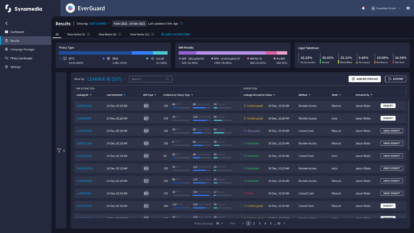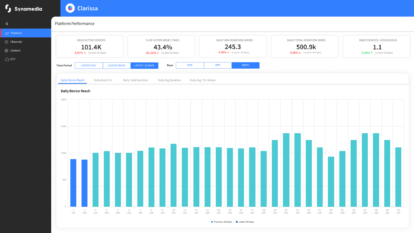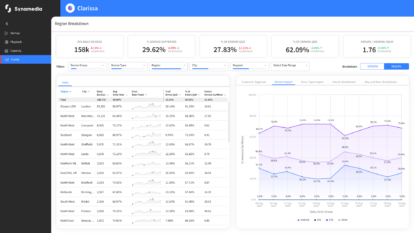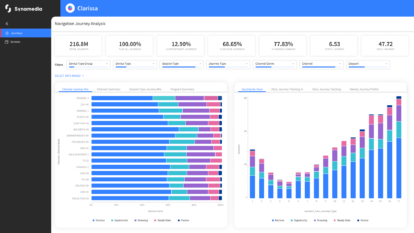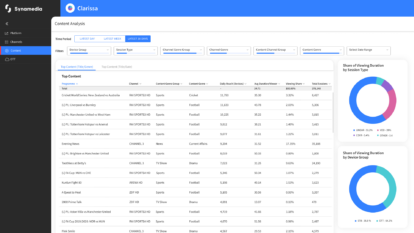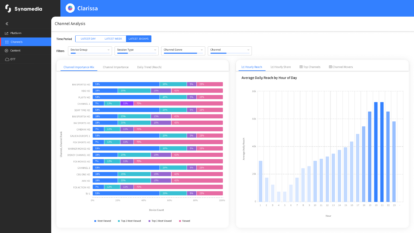Yup, this is indeed a blog about content aggregation. But first, let me take you back to my youth. It’s totally relevant, so stay with me on this.
Ever noticed how history tends to repeat itself, sometimes through the most unlikely of experiences?
Without giving away my carbon dating, I recall when assembling a bunch of electronic devices was all the rage. The high fidelity (Hi-Fi) days of Kenwood, Pioneer and Sony, for example, may stir memories for some of you. It certainly rattles mine.
I distinctly remember when my older brothers, who shared a bedroom, built a Hi-Fi system that far exceeded the audio needs of their 18×12 foot pad. But for them, most of the fun was using the equipment to refine the sound; the rest was about listening to the actual music on the album.
A Kenwood receiver, a Pioneer turntable, a Sony amp, and several other components of varying capabilities created, in their words, “the ultimate listening experience.” (For those of you who need to Google what a turntable is, I secretly envy you.)
Setting up and using that system, however, was fairly complicated at the time. Multiple units to turn on and calibrate, multiple modes to sync. It may sound fairly pedestrian by modern standards, but it was, nonetheless, a project.
There was an alternative that I found to be way more attractive. All I cared about was listening to albums, not controlling bass dB levels so they’d perfectly sync with treble levels. And so, I went for a pre-integrated device; one with a single power button and a couple of basic tone knobs.
In one word: Simplicity.
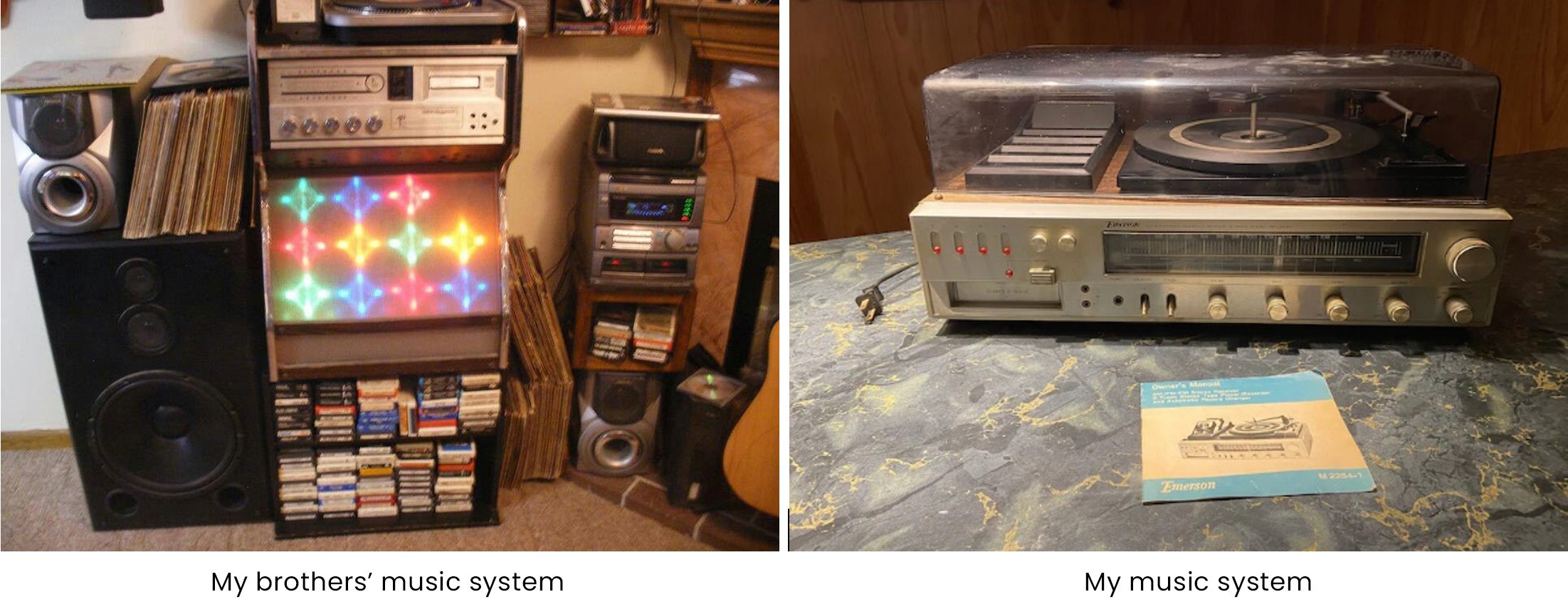
Fast forward to a more recent past, when assembling the ultimate home theatre was all the rage. A process that was way more complicated than during my youth, as illustrated by Scott Adams and Dilbert.
And what about today?
The assembling/compiling that’s going on now is not of devices, but of apps. Specifically, those that provide great video content. So, what do an antiquated Hi-Fi system and a quasi-modern home theatre have in common with compiling apps?
Yup, that same word: Simplicity.
There’s more great content to enjoy than ever before. Content owners are churning out TV series with production values that resemble blockbuster theatre releases. But finding that content is all too often painful. Hopping from app to app in search of that one title is certainly not what consumers expect in this day and age.
Less is More?
This paradox of choice is actually not a new problem and has been successfully tackled in other industries with similar topologies.
Take, for instance, the travel industry and two of its main subcategories – flights and hotels. In order to get flight times/dates, prices, and availability, you go to Skyscanner or Kayak rather than airline sites. Before making a hotel reservation, you visit Booking.com or Expedia rather than check out the over 180K accommodation sites from which to choose.
But for some reason, when it comes to movies, TV series and video programming, the fragmentation of offerings remains mostly chaotic, forcing consumers to take the DIY route when figuring out what to watch.
The answer… Content Aggregation
In the media and entertainment industry, particularly on the supply/distribution side, D2C content owners and service providers must offer a consumer-friendly solution to help navigate this disjointed landscape. Clearly, content aggregation—aka super aggregation—is the most effective approach for solving this overwhelming “inventory” problem.
But while the road to aggregation is paved with good intentions, the pitfalls for D2C content owners and service providers are many.
- When a service is added to a platform, it most likely will remain online for a long time, requiring ongoing monitoring and maintenance. In other words, content aggregation is not just for Christmas.
- The addition of one, then two, then three (or more) services on the same platform exponentially increases the complexity of matching and retrieving data.
- Adding a provider to a platform comes with technical, branding, and commercial constraints that can contradict other services.
- The quality of aggregated catalogues will vary greatly and ultimately impact your ability to deliver a consistent end-user experience.
By avoiding such pitfalls, you gain a solid foundation upon which you can build. Then you can take the next natural step in data transformation—data enrichment—to pave the way for unified search and discovery. Gradually, you’ll be able to help consumers overcome the overabundance of choice on offer.
Want to learn how we can help you solve your content aggregation pitfalls? Check out our new Go.Aggregate solution.
About the Author
JT Taylor is responsible for developing and driving all product marketing, sales enablement, and thought leadership initiatives for two areas of the Synamedia portfolio: Synamedia Go, an open, modular, and flexible streaming video platform; and Gravity, a device management platform that can simplify the management of subscriber’s whole home network. When he’s not wearing his marketing hat, JT is an avid golfer and pseudo musician.

